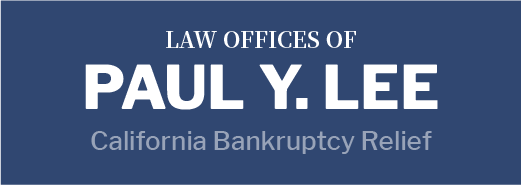For individuals and couples, there are two main types of bankruptcy: Chapter 7 and Chapter 13. Both have their advantages and it’s not always clear to consumers which one would be best for their needs. The good news is that all you need to find out is to contact The Law Offices of Paul Y. Lee at 951-755-1000 for your free bankruptcy consultation.
If one of the main concerns you have is clearing medical debt, then there are big differences between Chapter 7 and Chapter 13. We can explain these differences in detail during your consultation and you can read on to get the basics. The right choice for you will depend on your long-term financial goals and how much medical debt you have.
The basics of medical debt relief with Chapter 7
Also known as “liquidation bankruptcy, Chapter 7 is the most popular type of personal bankruptcy in the country and in the state of California. In 2017 there were nearly 500,000 Chapter 7 filings in the country and upwards of 50,000 in California courts.
Before filing Chapter 7 you’ll be required to meet several requirements, including going to credit counseling. Once the requirements have been met, you can file your bankruptcy, which will include both the petition for bankruptcy and documents relating to your income, debts, assets, and additional financial info.
The court will review the documents and if they agree to proceed, they’ll assign a trustee to your case. Once the trustee has looked at your assets, they may elect to sell some of your property to creditors. In most cases, debtors are able to keep most property by using bankruptcy exemptions, which we can evaluate for you.
You may be required to pay off some of your medical debt but medical debt is unsecured and is not a priority debt, which means medical debt can often be discharged completely with minimal payments during the bankruptcy.
The basics of medical debt relief with Chapter 13
Chapter 13 bankruptcy is less common than Chapter 7 but there were about 20,000 filings in California in 2017. It’s known as the reorganization bankruptcy and doesn’t risk any of your assets. However, you do have to pay back your debts in a long-term repayment plan. You’ll have three to five years to use your disposable income to pay off debts. At the end of this time, you’ll then get a discharge which will release you of further obligation to your debt.
Which option is better?
Once again, the question is between your long-term and short-term financial outlook. The right option for you will vary based on your goals, your finances, and many other factors. If you’re interested in finding out which type of bankruptcy will work for you – or if bankruptcy is right for your situation at all – then we’re looking forward to hearing from you. Contact The Law Offices of Paul Y. Lee at 951-755-1000 today for a free evaluation.


